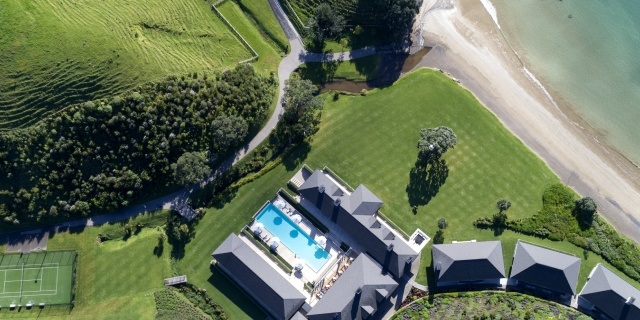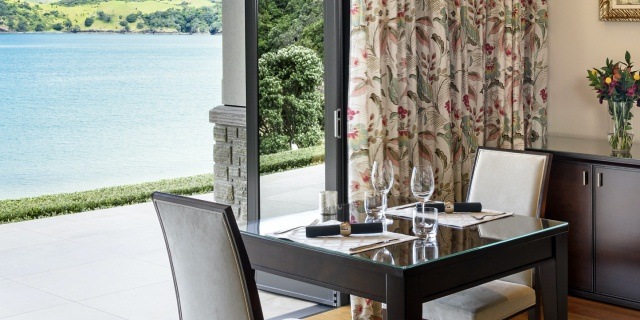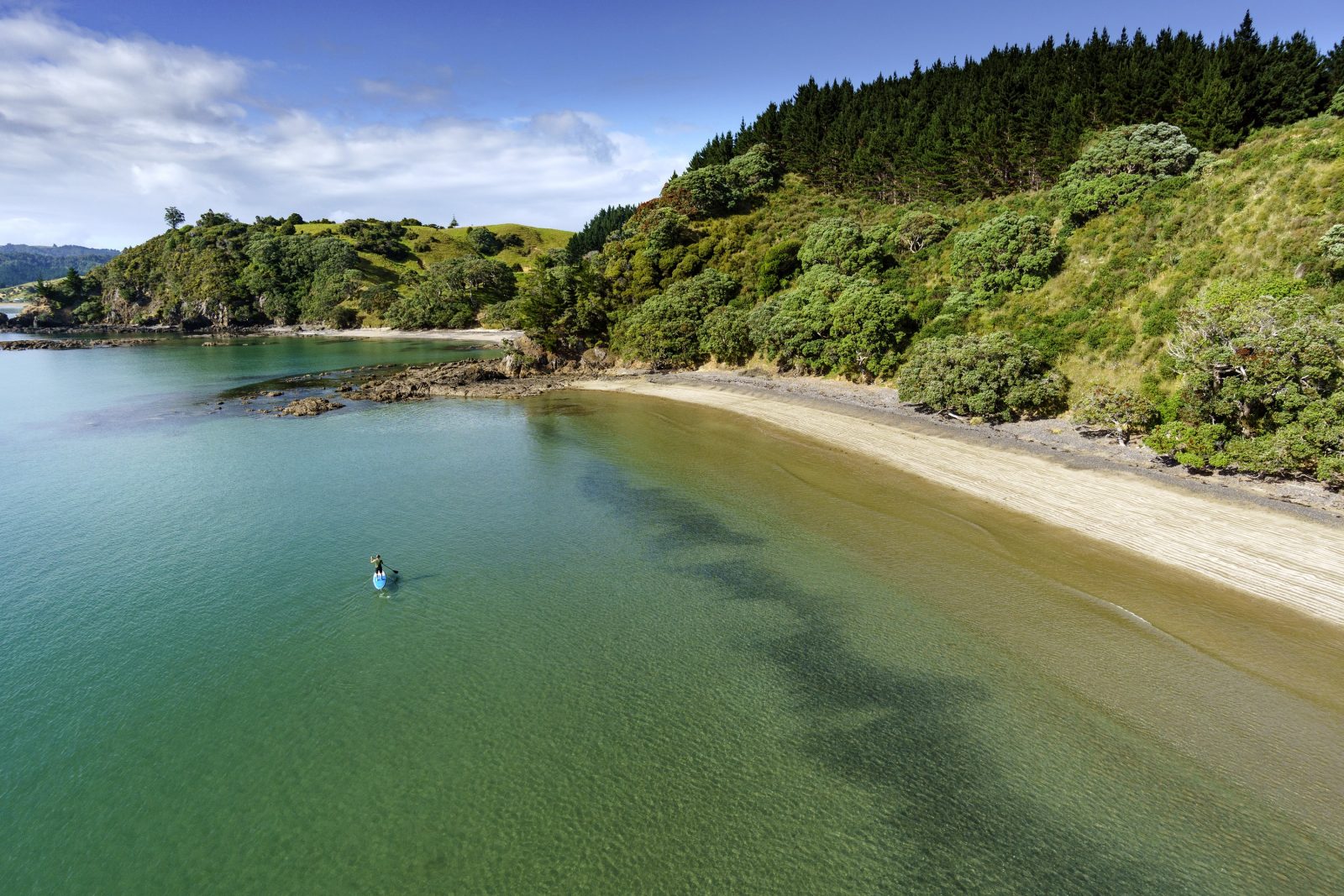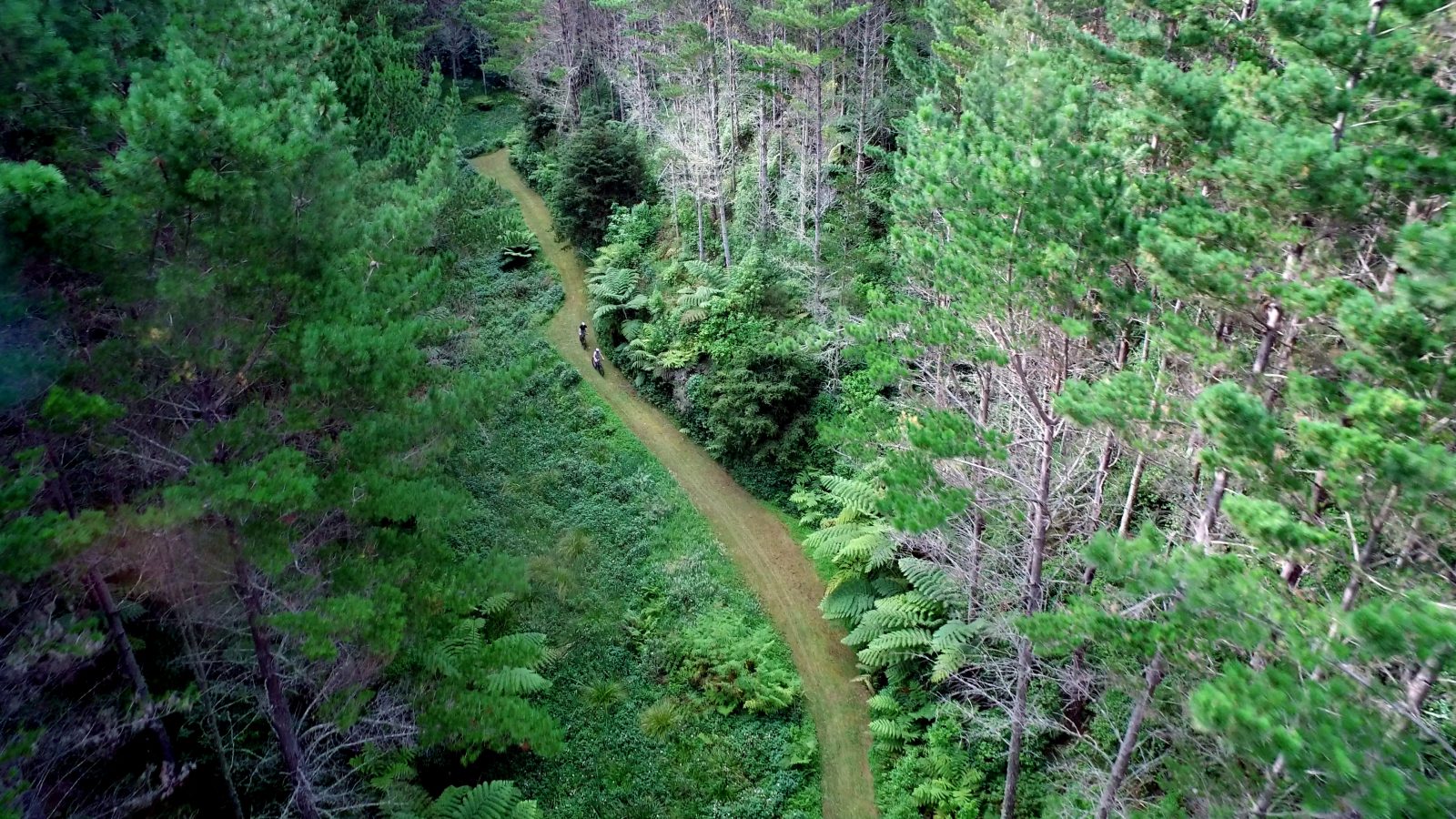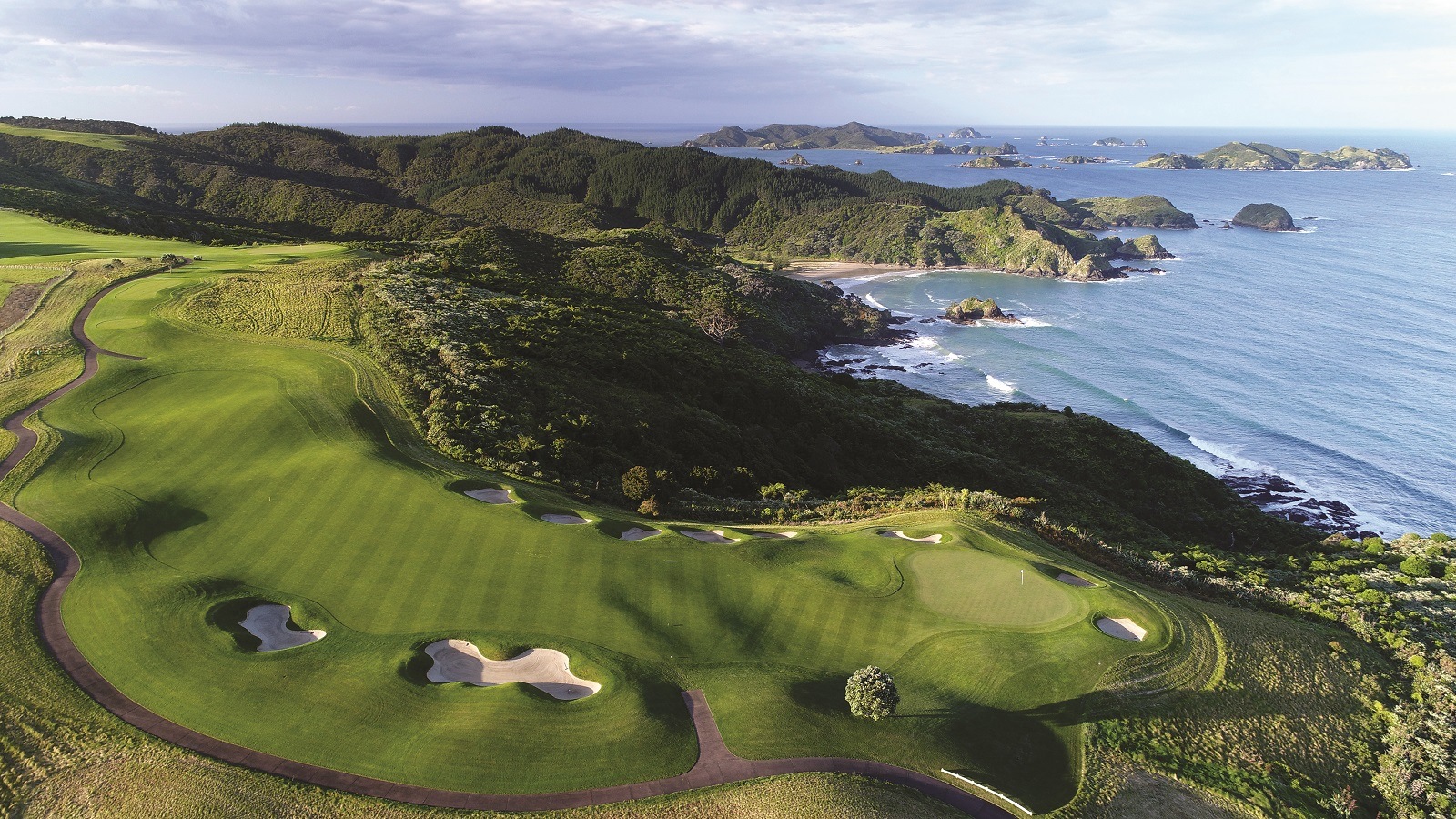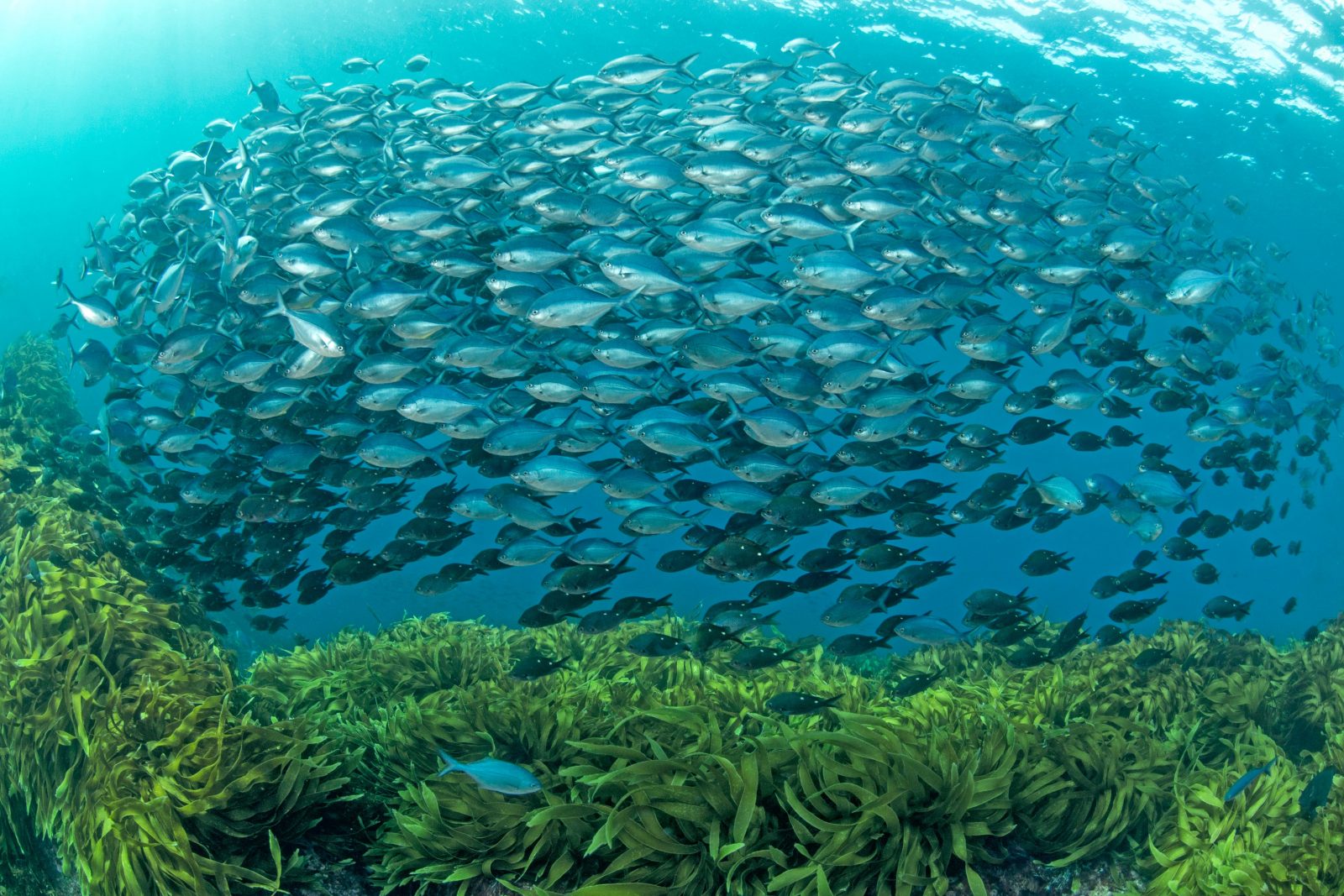Our History
The History of Helena Bay
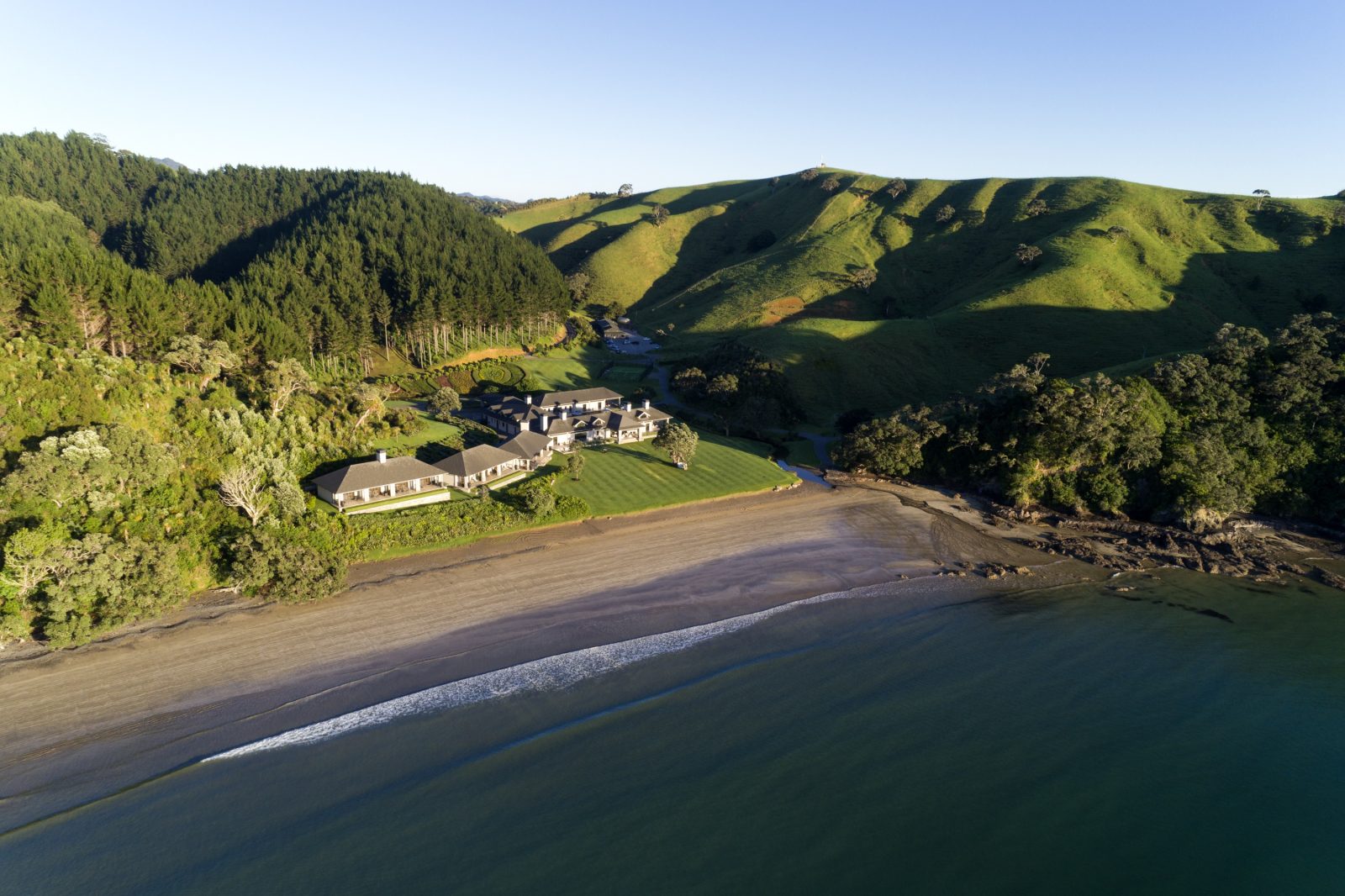
Māori History
This region has a long history of Māori and European habitation; there are thousands of archaeological sites in Northland. The coastline boasts many prominent pā sites (former Māori fortifications).
There are five pā sites on Helena Bay Estate. An archaeologist’s estimate suggests that up to 250 people may have called this land their home. With direct access to the ocean providing an abundant food source and the terrain affording excellent defences, this is not surprising.
There is clear evidence of cultivation on the property, with kumara pits and terraces still visible today. During the Lodge’s construction, two ko (Māori digging instruments) were unearthed and sent to the National Museum for preservation.
The first Europeans here were of Croatian descent. In the early days, Helena Bay had a first-class reputation for wine production. Focus on the farm soon moved to dairy and sheep, followed by establishing pine forestry and dry stock.
The Māori name for Helena Bay is Mimiha, named after a small black fish. The name Helena Bay came from the first European woman settler, Mrs Helena Hutchinson. She and her husband Charles had the first store at the bay. Mrs Hutchinson was a kind woman who worked with local Māori, teaching and nursing. That the bay was eventually named after her shows the deep respect held for Helena Hutchinson.
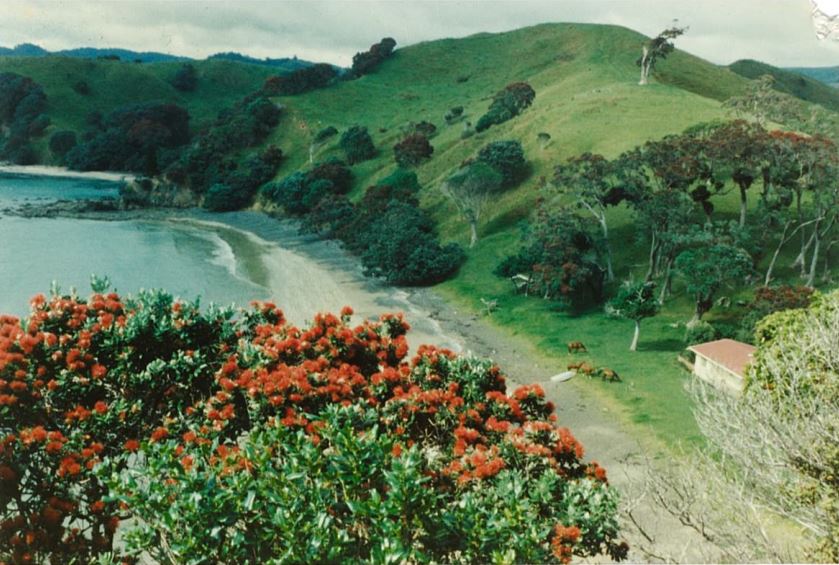
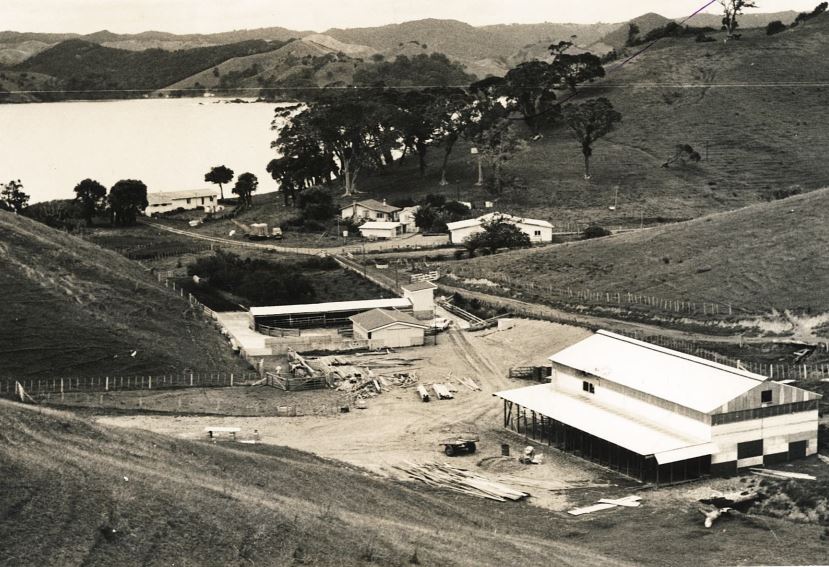
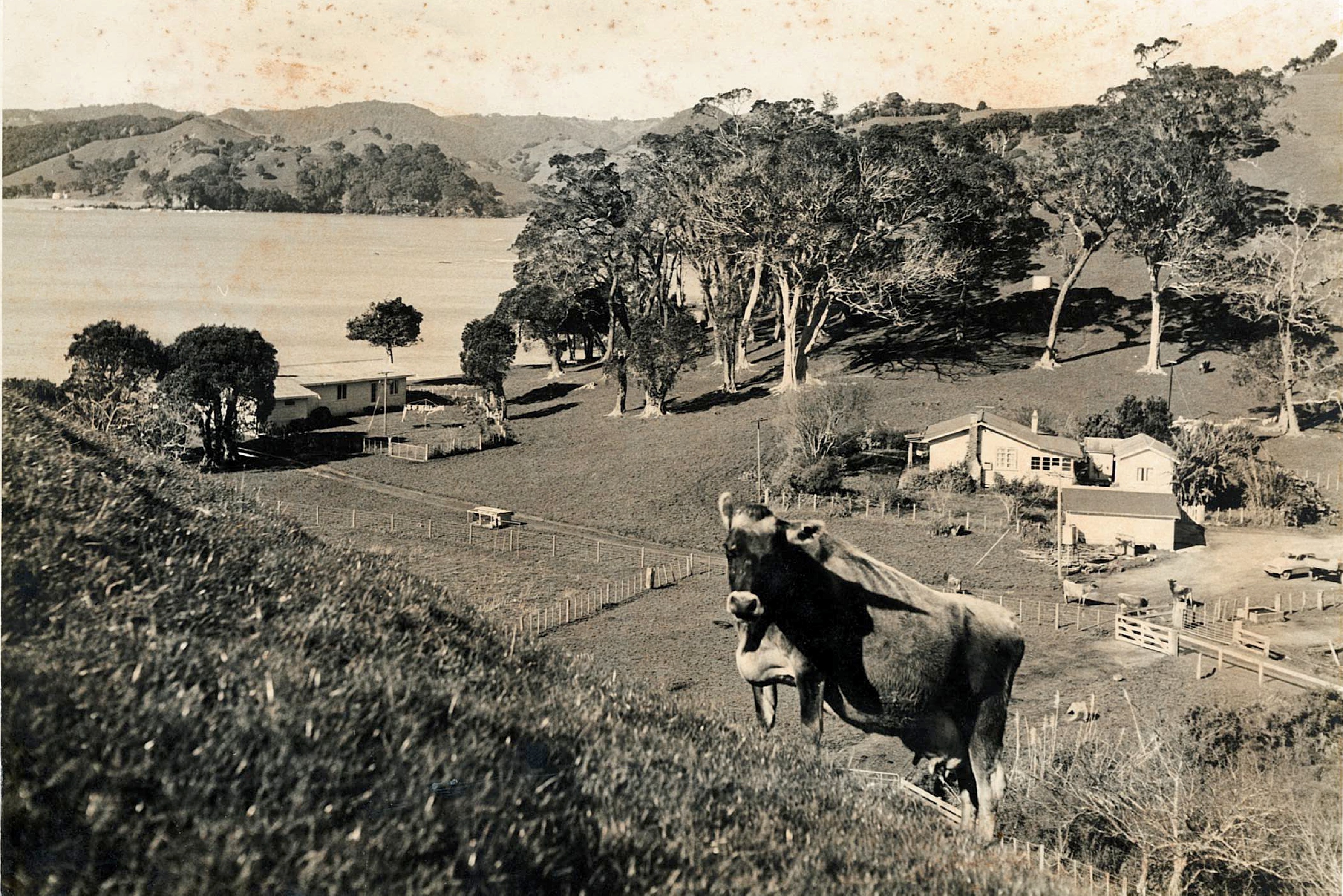
Farming History
Helena Bay has followed the typical boom and bust cycles of farming in Northland. The property was cleared for farming around 1910 by Benjamin Le Clerc and his son Ben. The Le Clerc family were early settlers and contributed significantly to the development of the area. The property was first used as a runoff for the main farm, but in 1931 when Ben married, it became his farm, and he moved there with half of his father’s stock – 80 cows in total. In 1960 Ben’s son Peter married, and as was the tradition, he took over the Helena Bay farm. In the early 1970s, Peter amalgamated the two farms, moving the dairy operation to the original farm. Helena Bay was converted to a sheep farm which remained until the 1980s when the decision was made to revert it to a dry stock farm due to economic factors.
In 1987, after 27 years of farming the property, Peter Le Clerc retired. The stockbroker Mike Daniels purchased the property. He decided to retrench and gave up the lease on the Mohei block. Like many New Zealand farmers, he was drawn into the potential returns offered by plantation pines, and he planted 90ha of pines on the property, which remain today.
The poor returns of coastal farming limited the investment that could sensibly be made into the property. In 2007 Helena Bay was purchased by the current owners.
A new lease was entered into with the owners of the Mohei block bringing the farm back to its original size of 304ha (750 acres), allowing for lower intensity farming. A Wagyu beef breed programme was introduced in partnership with New Zealand’s leading Wagyu breeding co-operative Firstlight. The pine forest was assessed and registered for carbon consumption and took on a new role as a carbon sink rather than pine production. The property consumes 50,000 tons of carbon per annum, making Helena Bay very carbon negative.
Stay up to date
Sign up to receive our updates and learn more about our property, receive special deals, events and more.
